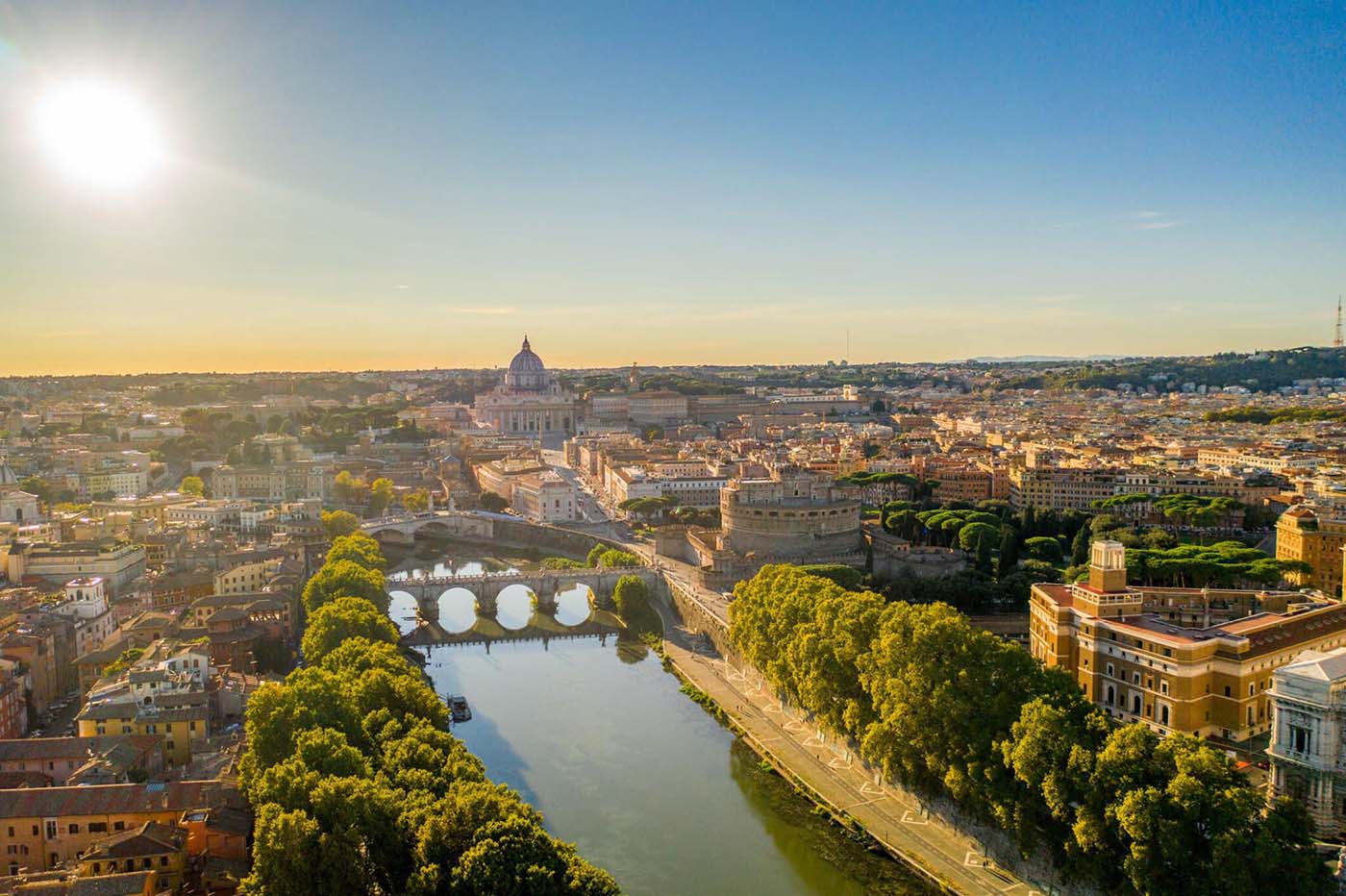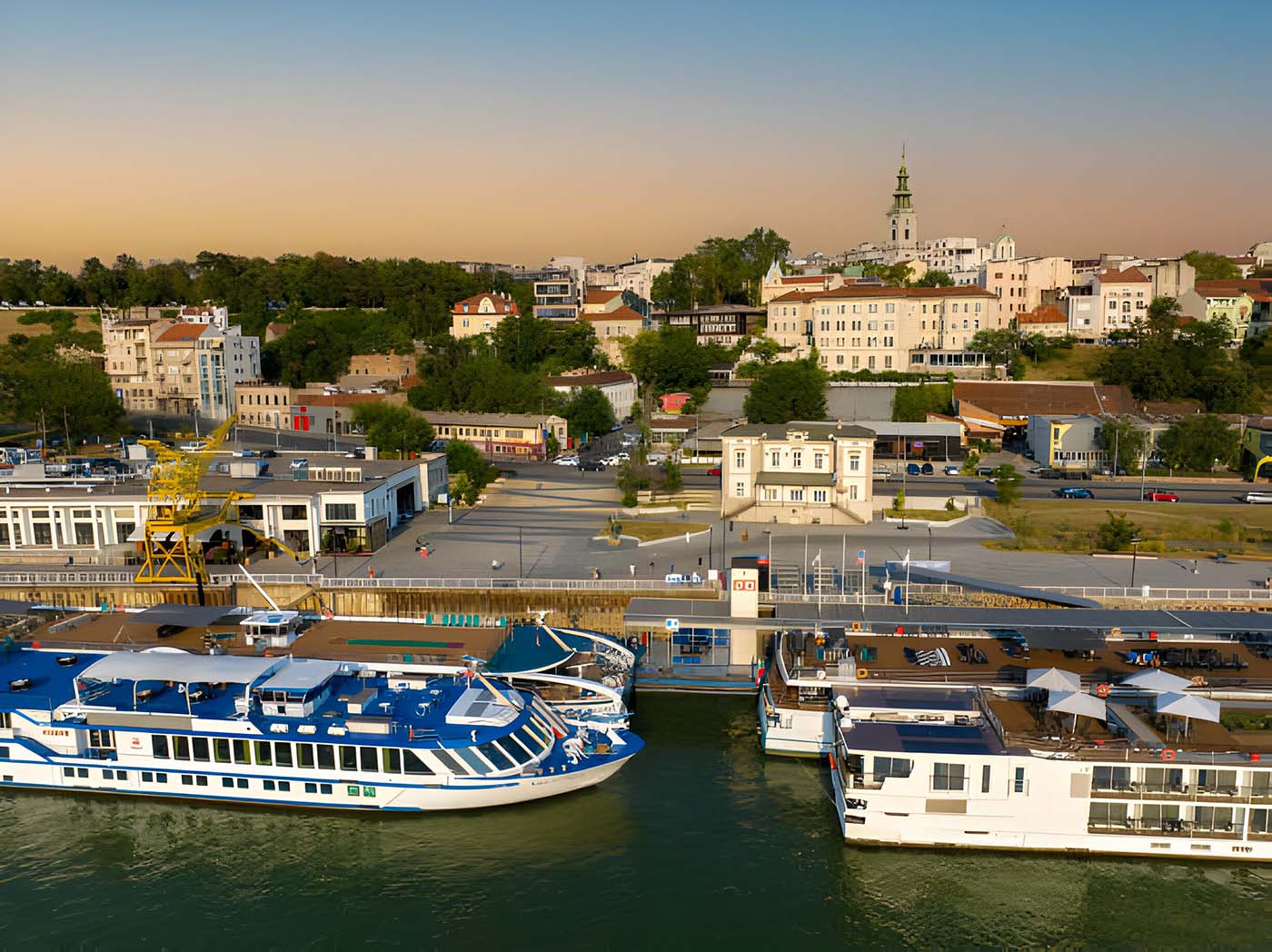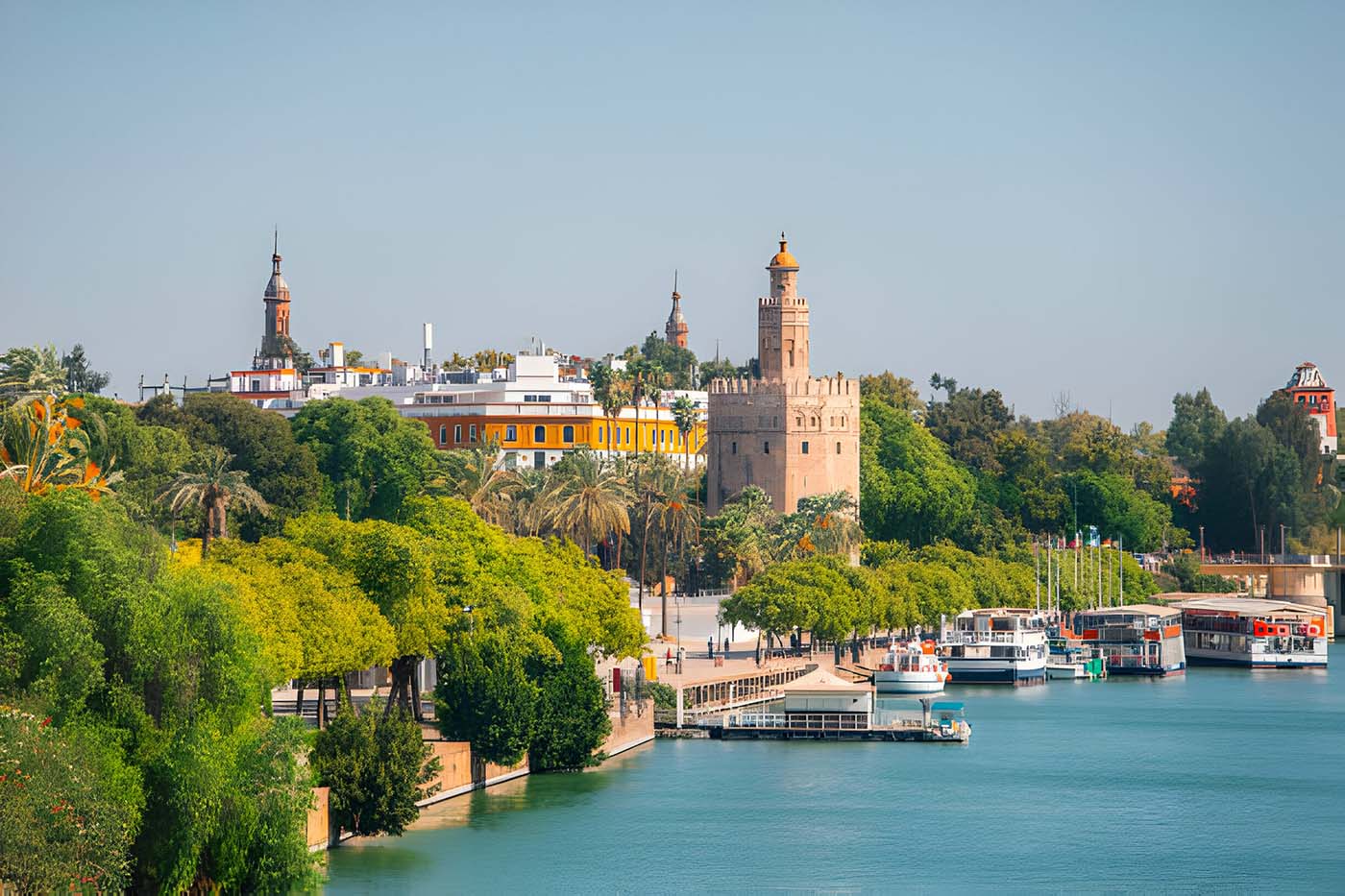Southern Europe, a region steeped in history and culture, is defined not only by its ancient cities and majestic landscapes but also by its historic rivers. These waterways have been the lifeblood of civilisations, shaping the course of human history and leaving an indelible mark on the land and its people.
The journey begins with the mighty Danube, Europe’s second-longest river, which flows through ten countries before emptying into the Black Sea. The Danube has been a vital trade route since ancient times, connecting diverse cultures and facilitating the exchange of ideas and goods. As it winds through the picturesque landscapes of Southern Europe, the river passes through historic cities such as Vienna, Budapest, and Belgrade, each with its own unique story to tell.

In Italy, the Tiber River is cherished by many for its significance and beauty. As the river that flows through Rome, it has witnessed the rise and fall of the Roman Empire, the Renaissance, and the unification of Italy. The Tiber has been a silent observer of history, from the legendary founding of Rome on its banks to the modern-day city that sprawls along its course. The river’s presence is felt in every corner of the Eternal City, from the ancient bridges that cross it to the iconic monuments that line its shores. The journey from Florence to Venice train offers a glimpse of the Italian landscape, with the Tiber being an integral part of the scenery.
Spain’s Guadalquivir River is another waterway that has played a crucial role in the country’s history. Flowing through the heart of Andalusia, the Guadalquivir has been a witness to the region’s rich cultural heritage, from the time of the Phoenicians and Romans to the Moorish period and the Age of Discovery. The river’s fertile banks have nurtured civilisations, while its strategic importance has made it a coveted prize throughout history. The train from Barcelona to Madrid crosses the landscapes shaped by rivers like the Guadalquivir, connecting the vibrant cities of Spain.
Further east, the Sava River, a tributary of the Danube, tells a different story. Flowing through Slovenia, Croatia, Bosnia and Herzegovina, and Serbia, the Sava has been a boundary between empires and a melting pot of cultures. The river has seen the ebb and flow of history, from the Roman Empire to the turbulent times of the Balkans in the 20th century. Today, the Sava is a symbol of cooperation and unity, as the countries along its banks work together to protect and preserve this vital waterway.

In Greece, the Evros River, also known as the Maritsa, holds historical significance as a natural border. Separating Greece from Turkey, the Evros has been a witness to the complex history of the region, from ancient conflicts to modern-day challenges. The river’s banks are home to diverse ecosystems and archaeological sites, making it a place of both natural and historical interest.
As we travel through Southern Europe, following the course of these historic rivers, we are reminded of the power of water to shape destinies. These rivers have been the backdrop for countless historical events, from battles and conquests to periods of peace and prosperity. They have nurtured civilisations, providing water for agriculture, transport routes for trade, and inspiration for artists and poets.
The rivers of Southern Europe are more than just bodies of water; they are living history, flowing through time and carrying the stories of the past into the present. Their waters have shaped the landscape, influenced cultures, and witnessed the unfolding of human history. As we explore these historic rivers, we gain a deeper understanding of the region’s rich heritage and the enduring legacy of its waterways.
Southern Europe, a region steeped in history and natural beauty, is home to some of the most significant rivers in the world. These waterways have not only shaped the landscapes through which they flow but have also played pivotal roles in the development of the civilisations that have flourished along their banks. This story explores the historical and cultural significance of three of these historic rivers: the Tiber, the Guadalquivir, and the Tagus.

The Tiber, the third-longest river in Italy, is inextricably linked with the history of Rome, the Eternal City. According to legend, it was on the banks of the Tiber that the twins Romulus and Remus were found by the she-wolf Lupa, leading to the founding of Rome in 753 BC. The river was the lifeline of the city, providing water, transportation, and defense. As Rome expanded, the Tiber became a symbol of the city’s prosperity and power, with grand structures like St. Peter’s Basilica and the Castel Sant’Angelo overlooking its waters. Today, walking along the Tiber’s banks or crossing one of its many historic bridges is like taking a step back in time, surrounded by the echoes of Rome’s glorious past.
Further west, in Spain, the Guadalquivir River holds a special place in the heart of Andalusia. The river’s name, derived from the Arabic ‘al-wadi al-kabir’ meaning ‘the great river’, reflects its importance during the Moorish occupation of the Iberian Peninsula. The Guadalquivir was a vital trade route, connecting the port city of Seville with the Atlantic Ocean. It was along this river that the Spanish galleons laden with gold and silver from the New World would return, cementing Seville’s place as a major economic centre in the 16th and 17th centuries. The river’s banks are dotted with historical sites, including the Torre del Oro, a 13th-century military watchtower, and the Maestranza, Seville’s famous bullring.
The Tagus, the longest river on the Iberian Peninsula, flows through both Spain and Portugal, ending its journey in the Atlantic Ocean at Lisbon. The river has been a vital artery for trade and communication since ancient times. The Phoenicians, Romans, and Moors all left their mark on the region, drawn by the strategic importance of the river. Lisbon, with its natural harbour at the mouth of the Tagus, became a hub of maritime exploration during the Age of Discovery. The Belem Tower and the Jeronimos Monastery, both UNESCO World Heritage Sites, stand as monuments to this golden era of Portuguese history. Today, the Tagus continues to be a focal point of cultural and economic activity in Lisbon, with the stunning 25 de Abril Bridge and the MAAT museum showcasing the city’s modern vibrancy.
Each of these rivers, with their unique histories and cultural significance, has played a crucial role in shaping the identity of Southern Europe. From the ancient myths of Rome to the golden age of exploration in Lisbon, the Tiber, the Guadalquivir, and the Tagus flow through time, connecting past and present in a continuous stream of history and heritage.
In conclusion, the Tiber, the Guadalquivir, and the Tagus are not just waterways but lifelines that have nurtured civilisations, witnessed empires rise and fall, and inspired countless stories and legends. These historic rivers of Southern Europe continue to flow gracefully through time, reminding us of the rich tapestry of human history that has unfolded along their banks. They stand as symbols of the enduring connection between nature and culture, inviting us to explore their beauty and delve into the depths of our shared past.








